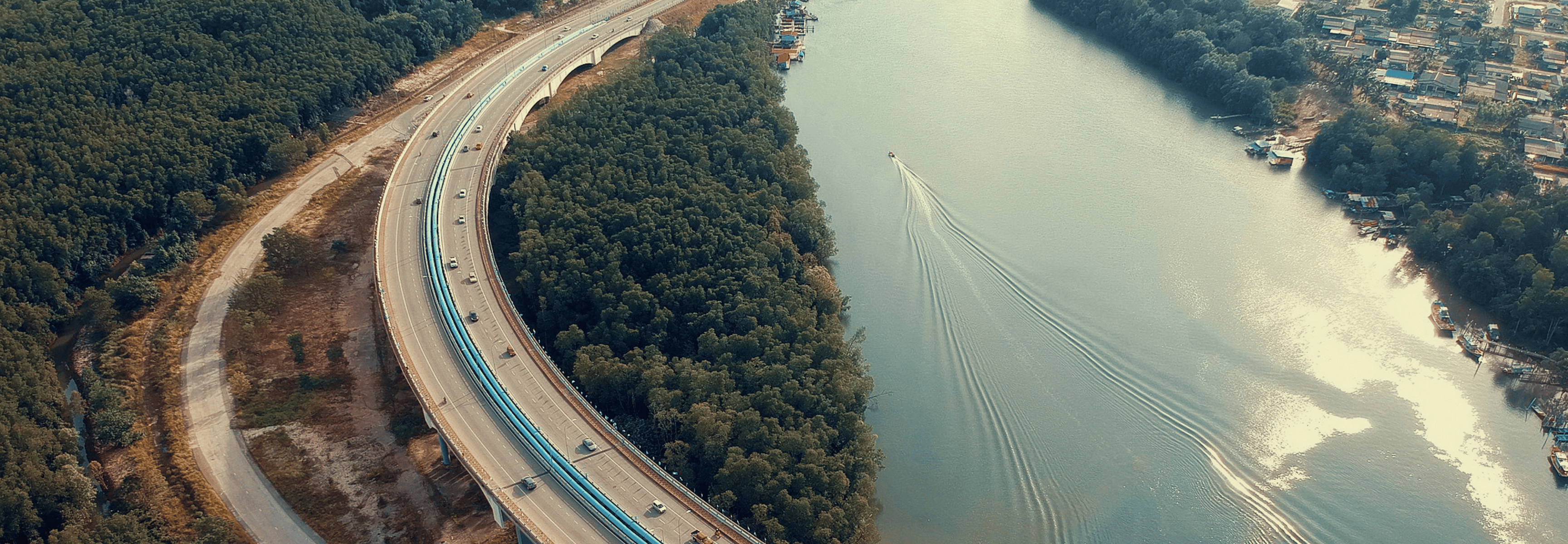To mark World Water Day, the Pacific Institute is proud to announce accelerated action across its four water Impact Areas, while reaffirming its commitment to the ambitious goal of “catalyzing the transformation to water resilience in the face of climate change by 2030.”
“At the Pacific Institute, each day is World Water Day,” said Pacific Institute President Jason Morrison. “You can’t build more resilient communities without addressing water. Water is an unlock to addressing many societal challenges: energy security, food security, poverty alleviation, biodiversity, gender equality. You simply can’t solve for any of these without solving for water. By rapidly scaling water solutions, we are proud to be catalyzing a transformation to water resilience to the benefit of all.”
Today, the Pacific Institute highlights several recent announcements that are actively influencing policy, investment, and other decisions on water across four Impact Areas:
- Water Equity: This week, the Pacific Institute launched a new report, “Achieving Equitable, Climate-Resilient Water and Sanitation for Frontline Communities.” This multi-year research highlights over 100 actionable strategies for climate-resilient water and sanitation in frontline communities across the United States. Read more in this Associated Press article here, find the entire report here, and register for our upcoming webinar with report authors here.
- Water Efficiency and Reuse: In a recently released pivotal report, the Pacific Institute elevated the role of stormwater capture to build water resilience in urban areas in national and international dialogues. The “Untapped Potential: An Assessment of Urban Stormwater Runoff Potential in the United States” report quantified the volumetric potential of stormwater runoff in urban areas across the United States, finding 53 billion gallons of urban stormwater runoff is generated per day, exceeding earlier estimates. Read more in this Wired article and find the entire report here.
- Nature-Based Solutions: Since the launch of the latest version of the Pacific Institute’s Nature-Based Solutions Benefits Explorer, over 6,000 users across more than 120 countries have used this innovative tool. The tool helps users identify, account for, and value the water-related benefits from potential or existing NBS projects. It is informing decisions by multi-sector organizations in making investments in nature with benefits for water resilience. Access the tool here.
- Corporate Water Stewardship: The Water Resilience Coalition, a CEO-led coalition with the bold ambition to improve water resilience in 100 Priority Basins through collective action by 2030, has now grown to 40 leading companies that collectively represent market capitalization exceeding US$5 trillion. Additionally, more than 60 new companies have endorsed the CEO Water Mandate during 2025, bringing the total number of endorsing companies to 478. These companies have committed to continuous progress building water resilience across their direct operations, supply chains, watershed management, and other areas. Read the announcements here.
Today, 2.2 billion1 people lack access to safe drinking water. In the United States, more than 2 million2 people do not have running water or basic plumbing, while water is unsafe or unaffordable for tens of millions more.
For nearly 40 years, the Institute has led actionable, unbiased, evidence-based research, creating and advancing solutions to the world’s most pressing water challenges. Many of the water solutions being implemented today were informed or influenced by the Pacific Institute’s work.
Together, we must take bold, immediate, and sweeping action.
Learn more about our strategies for each of our Impact Areas and join us.
Footnotes
1 United Nations. Water and Sanitation. United Nations Sustainable Development, https://www.un.org/sustainabledevelopment/water-and-sanitation/
2 From this week’s WCE report: Already, more than 2 million people in the US live in the water access gap without running water and basic plumbing in their homes, and millions more are served by water systems with Safe Drinking Water Act violations (Roller et al. 2019).”


